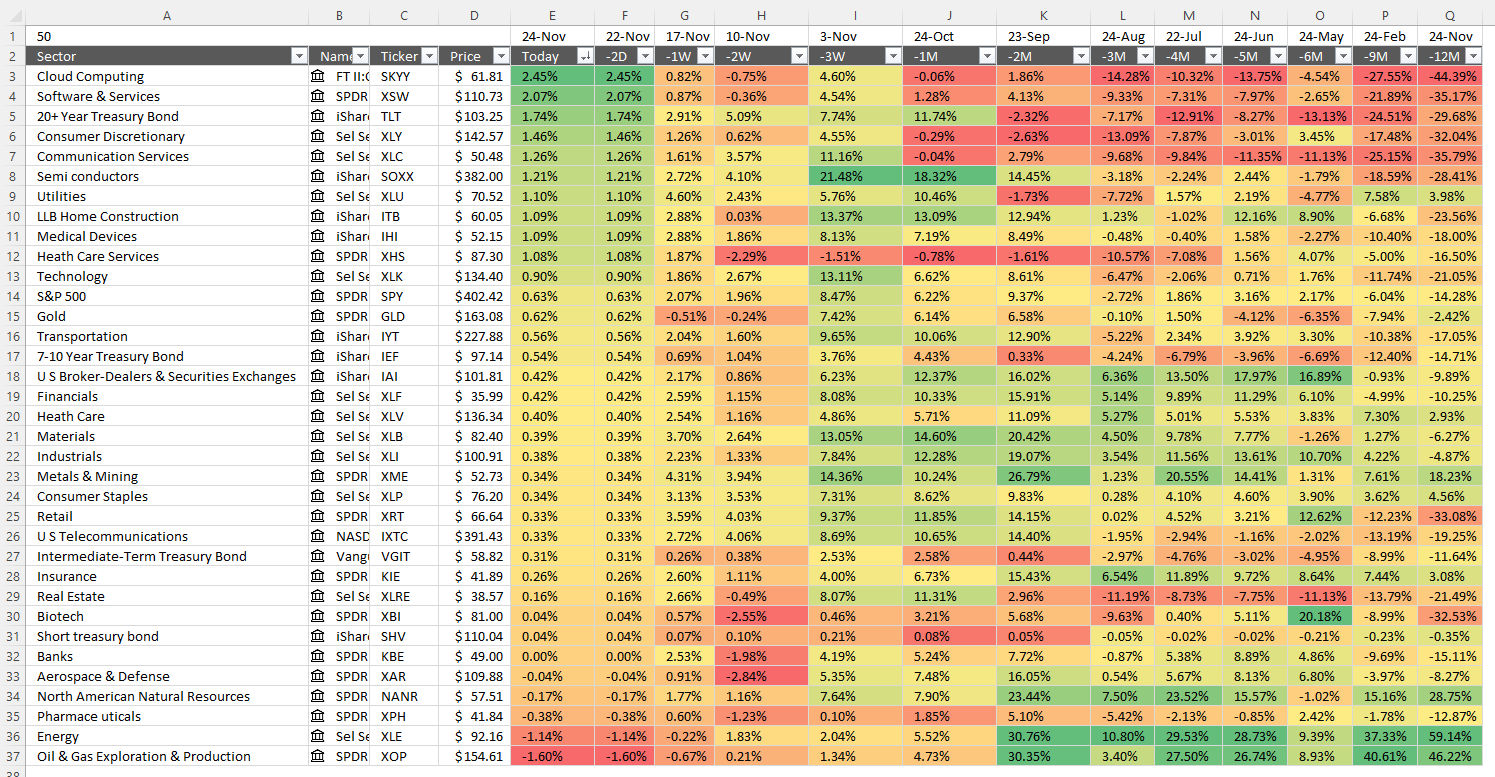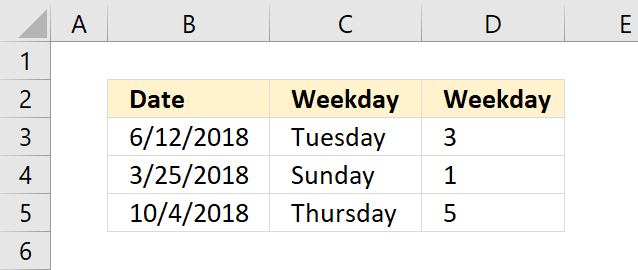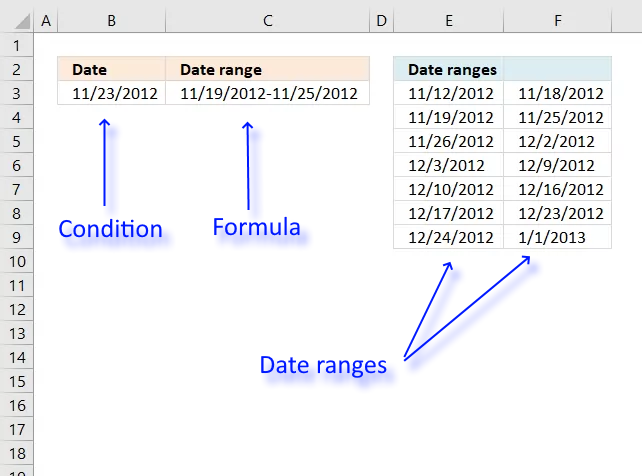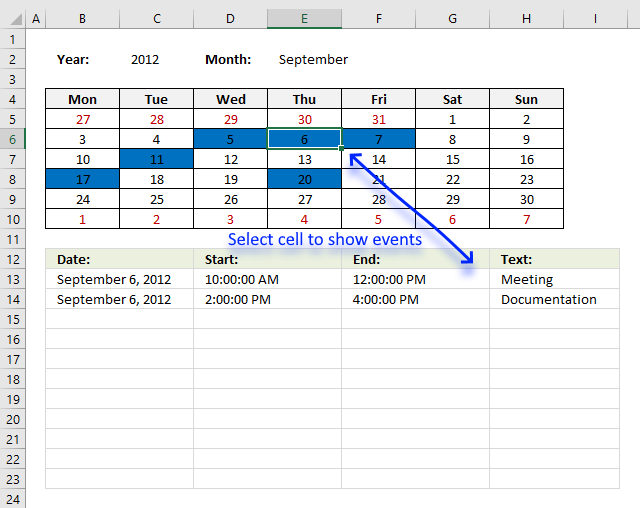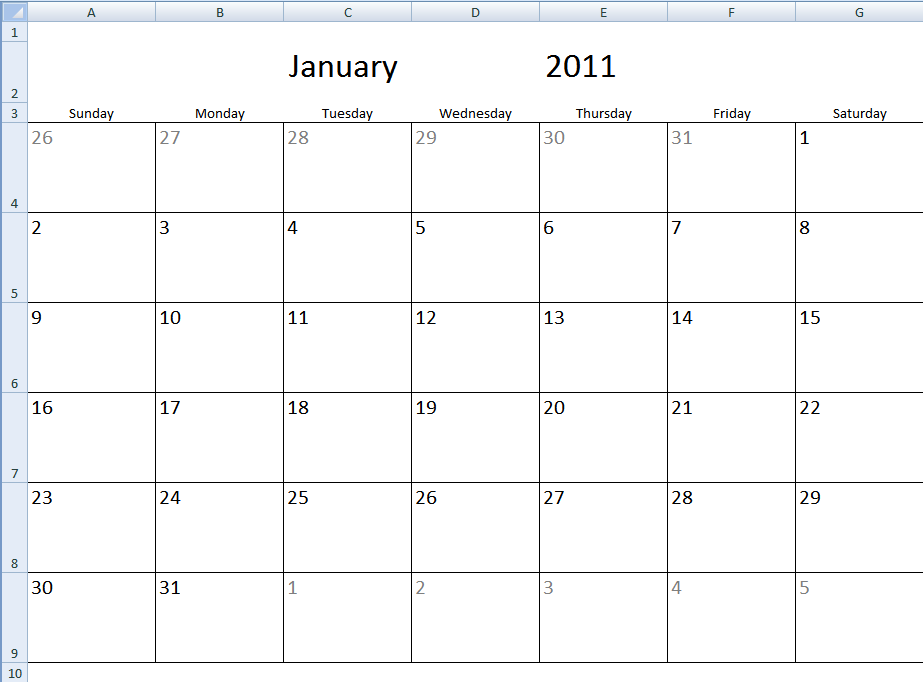'WEEKDAY function' category
How to track sector performance in the stock market – Excel template
The image above shows the performance across industry groups for different date ranges, conditional formatting makes the table much easier […]
The image above shows the performance across industry groups for different date ranges, conditional formatting makes the table much easier […]
How to use the WEEKDAY function
What is the WEEKDAY function? The WEEKDAY function converts a date to a number from 1 to 7 corresponding to […]
What is the WEEKDAY function? The WEEKDAY function converts a date to a number from 1 to 7 corresponding to […]
Time sheet for work
Tracking work hours across multiple projects can be challenging but Excel makes it easy with built-in functions. In this guide, […]
Tracking work hours across multiple projects can be challenging but Excel makes it easy with built-in functions. In this guide, […]
Working with date ranges
Table of Contents Find date range based on a date Sort dates within a date range Create date ranges that […]
Table of Contents Find date range based on a date Sort dates within a date range Create date ranges that […]
Excel calendar
Table of Contents Excel monthly calendar - VBA Calendar Drop down lists Headers Calculating dates (formula) Conditional formatting Today Dates […]
Table of Contents Excel monthly calendar - VBA Calendar Drop down lists Headers Calculating dates (formula) Conditional formatting Today Dates […]
Monthly calendar template
Table of Contents Monthly calendar template Monthly calendar template 2 Calendar - monthly view - Excel 365 Calendar - monthly […]
Table of Contents Monthly calendar template Monthly calendar template 2 Calendar - monthly view - Excel 365 Calendar - monthly […]
Calculate machine utilization
This article explains how to calculate an overlapping time ranges across multiple days. This can be very useful in situations […]
This article explains how to calculate an overlapping time ranges across multiple days. This can be very useful in situations […]
Excel formula categories
AverageChooseCombine MergeCompareConcatenateConditional FormattingCountCount valuesDatesDuplicatesExtractFilterFilter recordsFiltered valuesFilterxmlHyperlinkIf cellIndex MatchLogicLookupsMatchMaxMinNumbers in sumOR logicOverlappingPartial matchRecordsSequenceSmallSort bySort valuesSumSumifsSumproductString manipulationTimeUnique distinct recordsUnique distinct valuesUnique recordsUnique valuesVlookupVlookup return values
